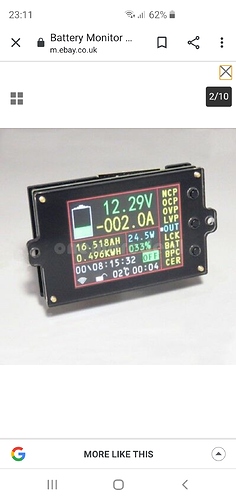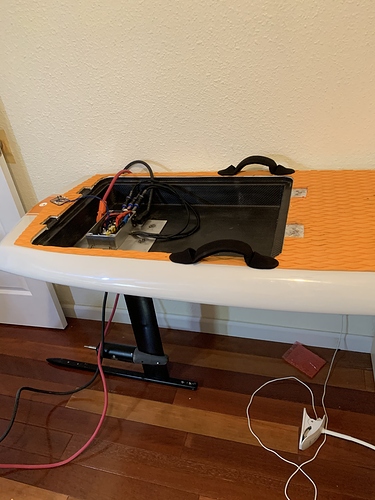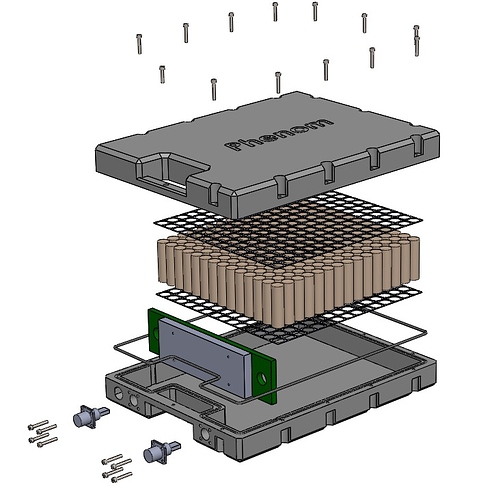4.22 volts is not ok.
I hate to keep beating this issue. But, I am concerned you still do not understand how dangerous it is to charge your pack like you did.
Do not charge that battery again like that without balance charging, unless you have a voltmeter on each cell, and you constantly monitor that no cell goes above 4.2.
You’re cells are brand new and one is already at 4.22. That is already a dangerously high voltage. If you repeatedly charge to over 4.2 the battery cell will be permanently damaged, and over 4.2 volts you risk thermal runaway and having the battery explode, or cause a fire.
You asked about the amp hour capacity of your battery, and wonder how to know if it’s charged to 42 amp hours. That’s the whole point as to why I was saying you need to test a single battery. The manufacturers claims are not to be believed. Even if these were sold as Samsung 30Q cells, you still would need to test them because they could be counterfeit cells.
Testing a cell will determine the capacity of the cell and will determine how many amps you can safely draw from the battery by measuring how hot the cell gets during the test. Some knock off cells will test at the correct 3.0A/hr at a 1.0 amp draw, but when you try to pull 10 amps from the battery they overheat, and threaten to catch fire, and only supply 1.0A/hr or way less.
So, you need to test your cells. Send me one and I’ll test it for you. Or buy a charger like the one I have. It’s called the “icharger X8”. You can test the battery with it. It will balance charge and show you how many amps have been charged also.
Good luck, and be safe. Lithium Ion batteries are not to be played with.







